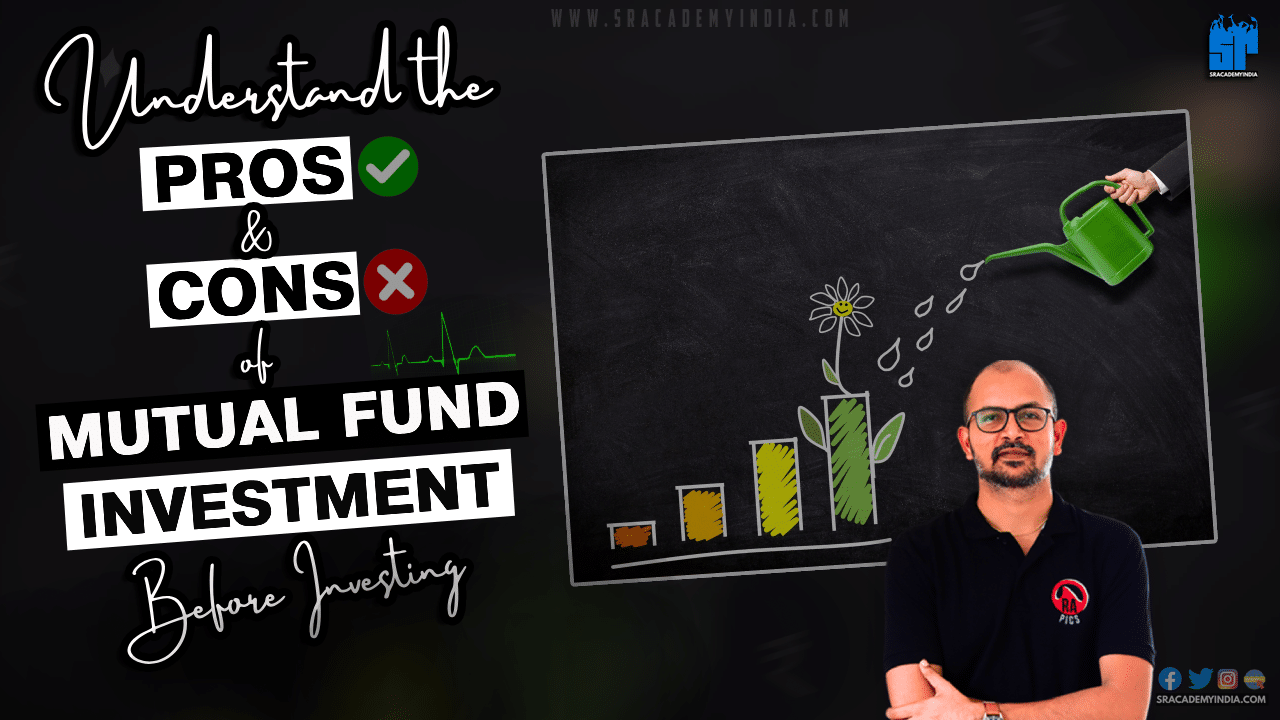Introduction
It’s the most common practice that many people will change jobs during the middle of the financial year. There is nothing wrong with it but you need to take care of certain compliances with respect to the Income Tax Act so that you will never end up paying higher taxes at the time of ITR filing.
What happens in a job change
When you change more than one employment in a financial year, usually every employer considers the exemptions and deductions available to date and applies all eligible deductions on your salary income.
It might so happen that the income from your previous employer might fall under a lower tax slab, while the salary received from your current employer might fall under a different slab. But when you combine all your salary income at the end of the financial year (for the purpose of ITR filing) your income might be chargeable under a higher slab.
In addition, usually, every employee considers standard deduction while computing TDS on salary income. So if you have worked under more than one employer in the same financial year, automatically each employer will consider a Standard Deduction of Rs. 50,000. But as per the Income Tax Act, individuals can claim up to Rs. 50,000 only irrespective of the number of employment.
When you combine all your incomes at the end of the financial year, all these things might cause an increase in tax liability to the individual. Such tax will be much higher than the TDS already deducted from the employee. So ultimately the difference amount has to be remitted at the time of ITR filing.
To avoid such hiccups during the final stage of ITR filing, it is always recommended to adhere to the precautions mentioned below:
Precautions to be taken
By following the below-mentioned precautions one can easily avoid the huge tax burden at the time of ITR Filing.
1. Always report your previous employer’s salary to the current employer
People often skip this step which might create a lot of trouble in the form of huge tax liability at the time of ITR filing. Make sure to report all your income from your previous employer to your current employer.
2. Double-check whether it is considered or not
Sometimes, even after reporting the previous employer’s income, the current employer may not consider it so always make sure to check in the employer portal whether the same income has been considered for tax calculation or not.
3. Don’t claim deductions twice
At the time of ITR filing make sure to not consider your exemptions and deductions twice. Usually, you will see the same deductions or exemptions in both Form 16’s received from your current employer as well as from your previous employer if these details are communicated to the respective employer. But at the time of ITR filing, you need to verify to what extent you are eligible for claiming these deductions or exemptions and accordingly, you need to claim them.
4. Consider PF and professional tax of both employers
Whereas in the case of Professional Tax as well as PF amount you can club both the amounts reflected in both Form-16’s and claim together in your ITR filing.
So make sure to follow these precautions so that you will never end up paying high taxes at the time of ITR filing.
And while reporting your previous employer income you need to deduct your eligible exemptions and deductions but should not deduct standard action of Rs.50,000.
Conclusion
So in this way by reporting your previous employer’s salary income you can make sure that proper tedious has been deducted by your current employer so that it won’t cause any burden at the time of IT filing.
Hope you have enjoyed this article, thank you for your time. If you have any questions or queries please ask in the comment section.





